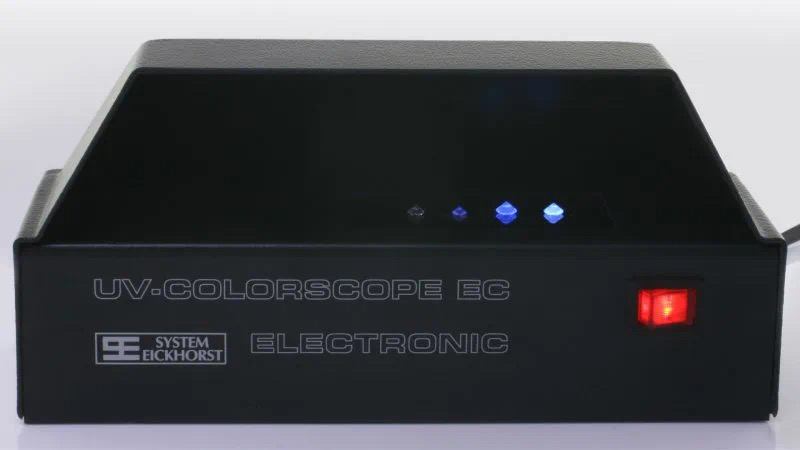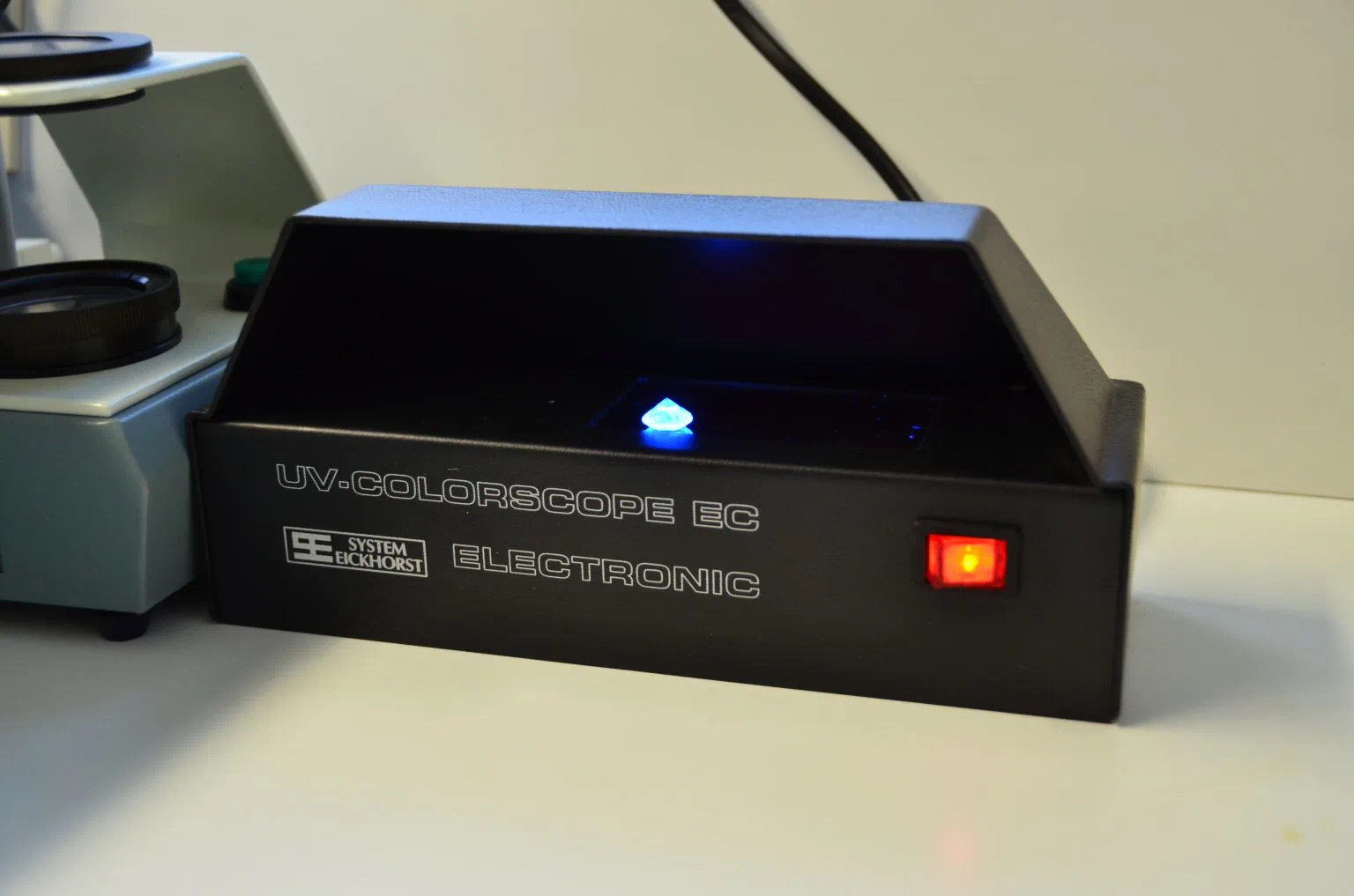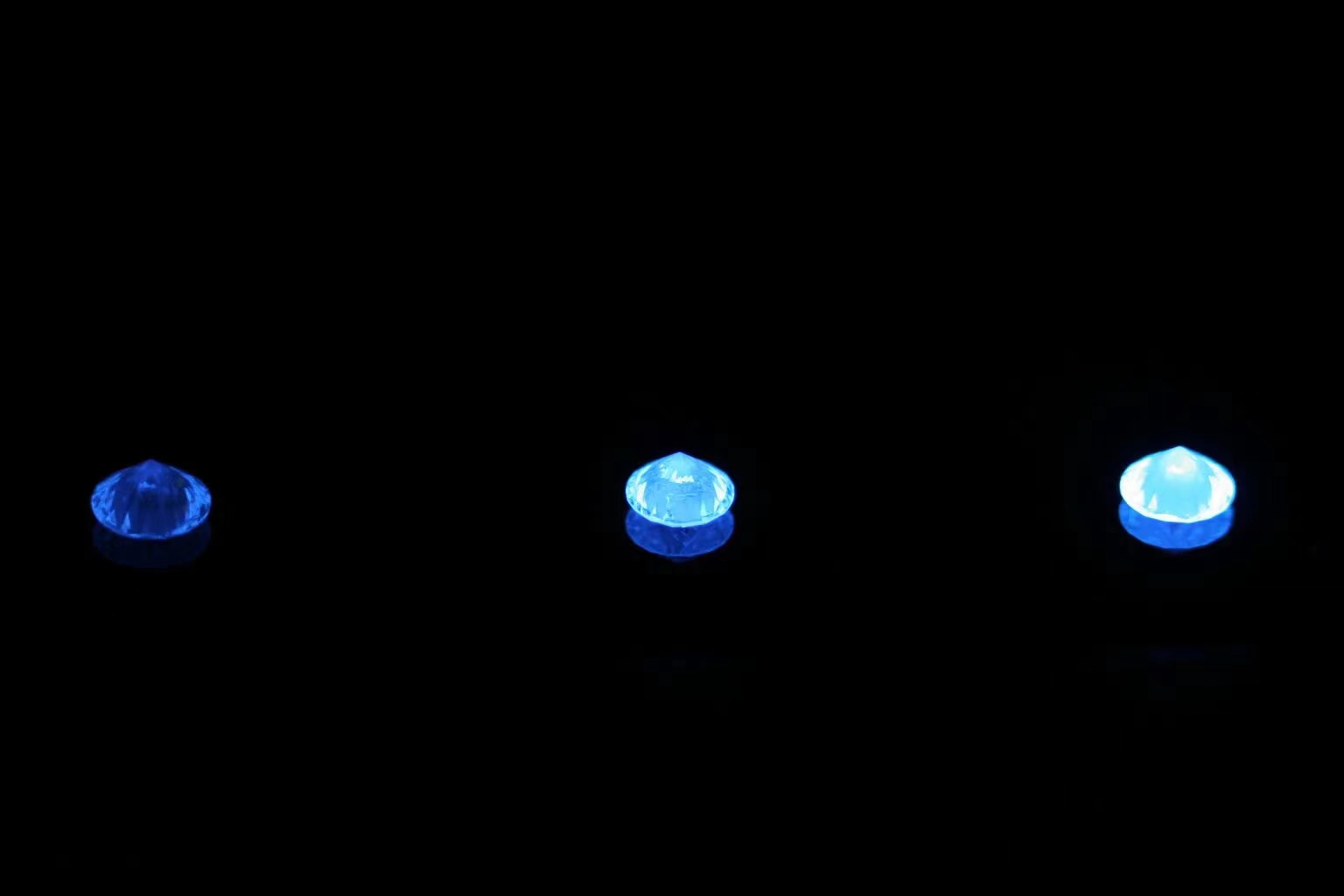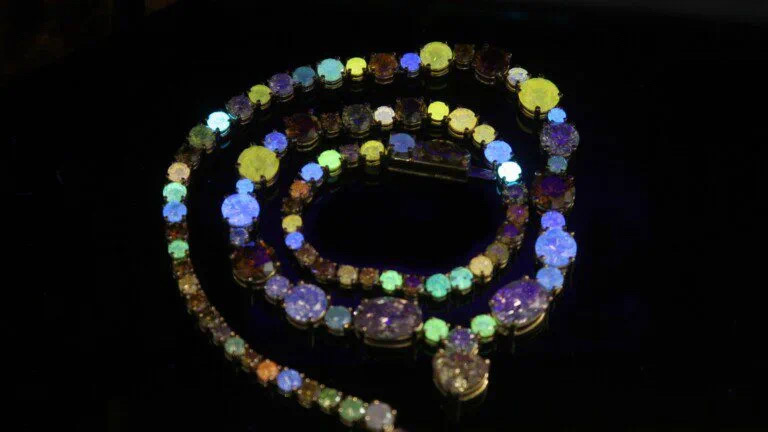In the domestic jewellery consumption circle, many consumers talk about "burning" colour changes of colour gems, which can be said to be very common. This phenomenon may be mainly due to the short years of people's real contact with colour gemstones and the limited access to correct knowledge in China.
But diamonds that are earlier than colour gemstones are actually not much better. In many cases, ordinary consumers are vague about the basic diamond knowledge, which gives profiteers a lot of room to play. Today, I will take you to learn about diamond fluorescence.
Have you ever had a similar experience, whether it is choosing diamonds in physical stores or wearing diamond jewellery by people around you? Some look particularly bright and shining, that is, the kind of feeling that can successfully attract everyone's attention in the distance; some look very "dull", as if they need to be cleaned well. And these two situations may be caused by fluorescence phenomena.
For decades, fluorescence has been widely misunderstood as the "bad" feature of diamonds, which is regarded as a bad phenomenon, so that it has lowered the value of some diamonds. But is the fact really bad? Or on the contrary, will fluorescence have a positive impact on diamonds?

Fluorescence is a kind of visible light produced by diamonds after being exposed to ultraviolet rays (part of sunlight). Diamonds with strong enough fluorescence will have obvious light when they are irradiated by ultraviolet rays (the "blue light" shown above). This does not affect the durability or hardness of the diamond, but may affect the appearance and value of the diamond. Among natural diamonds, 35% to 50% of the diamonds tested in the laboratory will have a certain degree of fluorescence. For laboratory-cultivated diamonds, this proportion is significantly lower (the difference between artificial intervention and natural).

Most of the time, fluorescence is a "whitening agent" instead!
In natural diamonds, fluorescence usually makes the diamond emit a faint blue light. This blue light can improve the appearance of H/I/J/K colour diamonds. This is because the blue colour reduces the yellow colour that appears in diamonds. However, fluorescence is also a "double-edged sword". If the diamond is D/E/F colour and the fluorescence intensity is very strong, fluorescence may negatively affect the appearance of the diamond, forming a vague dullness, and the visual experience is milky white.
IGI, an international verification organisation, divides the fluorescence level into none, very mild, mild and strong. The presence of ultraviolet rays can stimulate fluorescence, so no ultraviolet source has no effect on diamonds. In daily life, sunlight has ultraviolet rays, but on sunny days, it is difficult to detect faint fluorescence. At the same time, strong fluorescence is rare, but it can usually only be observed in daylight.

If you know that diamonds are fluorescent through the certificate, you can observe how diamonds change under different light sources. Fluorescence only lasts when the diamond is exposed to ultraviolet rays, so the diamond will change according to the light. The same diamond may look different in different light. The criterion for choosing is that diamonds should remain bright and shining under any light source.
Of course, don't be in a hurry to deny those strong fluorescent diamonds that look white. If their appearance meets everyone's aesthetic requirements, after all, the price of this diamond is cheaper than that of non-fluorescent diamonds.

Source:Beijing RoyaIH Jewellery
